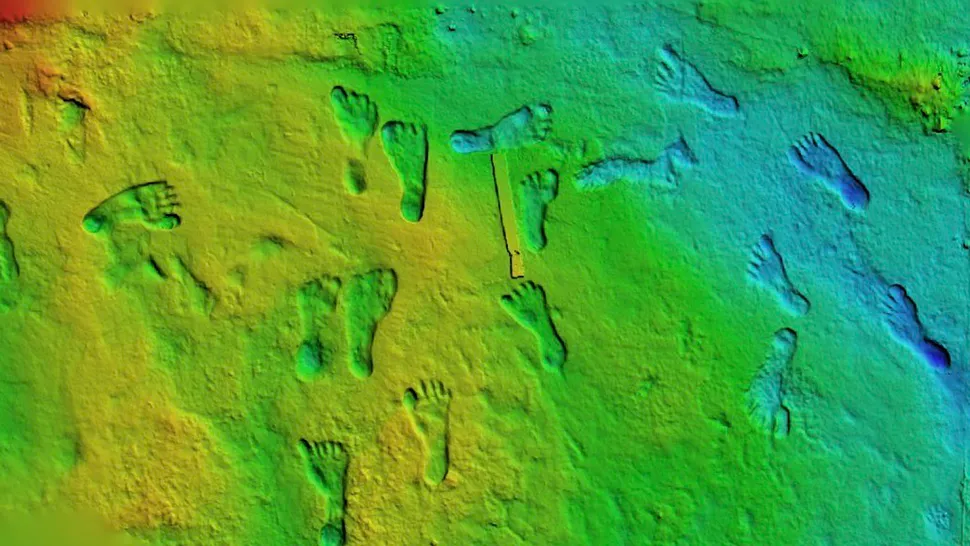 WHITE SANDS, NEW MEXICO—Live Science reports that new dating of human footprints at White Sands National Park supports earlier radiocarbon dating that put their age between 23,000 and 21,000 years ago, at least 5,000 years earlier than much previously accepted evidence for the earliest human presence in North America. After the dates were first announced in 2021, some scholars called them into question, noting that the radiocarbon samples were taken from aquatic plant seeds that could produce unreliable results. The researchers have now dated quartz grains associated with the footprints using optically stimulated luminescence, which measures when the grains were last exposed to sunlight. They also radiocarbon dated pollen—considered a more reliable source of carbon than aquatic plant seeds—from the same layer as the trackways. Both methods yielded dates that the researchers say confirm the original finding that the footprints date to the Last Glacial Maximum, a period when glaciers in North America reached their greatest extent. To read more in depth about the trackways, go to “Ghost Tracks of White Sands.”
WHITE SANDS, NEW MEXICO—Live Science reports that new dating of human footprints at White Sands National Park supports earlier radiocarbon dating that put their age between 23,000 and 21,000 years ago, at least 5,000 years earlier than much previously accepted evidence for the earliest human presence in North America. After the dates were first announced in 2021, some scholars called them into question, noting that the radiocarbon samples were taken from aquatic plant seeds that could produce unreliable results. The researchers have now dated quartz grains associated with the footprints using optically stimulated luminescence, which measures when the grains were last exposed to sunlight. They also radiocarbon dated pollen—considered a more reliable source of carbon than aquatic plant seeds—from the same layer as the trackways. Both methods yielded dates that the researchers say confirm the original finding that the footprints date to the Last Glacial Maximum, a period when glaciers in North America reached their greatest extent. To read more in depth about the trackways, go to “Ghost Tracks of White Sands.”
New Analysis Supports Early Dates of White Sands Trackways
